The Highline Trail is certainly one of the best hikes – if not the best hike – in Glacier National Park. It could even be one of the best hikes in all of the national parks, depending on what you’re looking for. That stated, if you’re in search of epic-movie-scene-like views, large-game wildlife viewing, wildflowers, waterfalls, glaciers and backcountry chateaus, then this is the hike for you.
The Highline Trails starts from Logan Pass along Glacier National Park’s famous Going to the Sun Road. Be sure to arrive at Logan Pass early in order to get a parking spot, as this is a very popular destination that serves a number of different trailheads and viewpoints other than the Highline Trail.
From the get-go, the Highline Trail is impressive: The trailhead is a wildlife conservation/study area that is frequented by bighorn sheep and mountain goats. Right after you’ve passed through this area you will be walking along a highly elevated trail with a sheer drop-off to your left and a rope to hang onto on your right. For families considering the trail, this is about as dangerous as it gets (which isn’t too dangerous), so be safe, but don’t hesitate to bring your surefooted kids on the Highline.
For the rest of the out-and-back trip, the trail hugs the sides of mountains and meanders over spectacular passes. While there is a decent amount of elevation gain and loss over the full hike, at no time is there dramatic elevation gain or loss. This makes the longer hike a bit less challenging relative to other hikes with big peaks and valleys.
At Glacier National Park and along the Highline Trial you can find more than 1,200 plant species. This includes the very photogenic beargrass, Indian paintbrush, and thistles as well as a great mixture of colorful flowers. In addition to the range of plant species, Glacier National Park is an exceptionally unique convergence of animal species. It is a meeting place for northern species migrating down from Canada, maritime species swimming in from the Pacific, prairie species coming from the east, and southern Rocky Mountain species following the range to the north. To make the park even more impressively unique, water from Glacier National Park flows to the Columbia River, Mississippi River, and the Saskatchewan River for thousands of miles out to the Pacific Ocean, Gulf of Mexico and Hudson Bay, respectively.
Also, if you enjoy ranger-led hikes, you are in luck. The Park Service provides guided hikes in the mornings on Mondays, Wednesdays and Fridays. Pick up a Glacier Activities Guide at the Park entrance for more details.

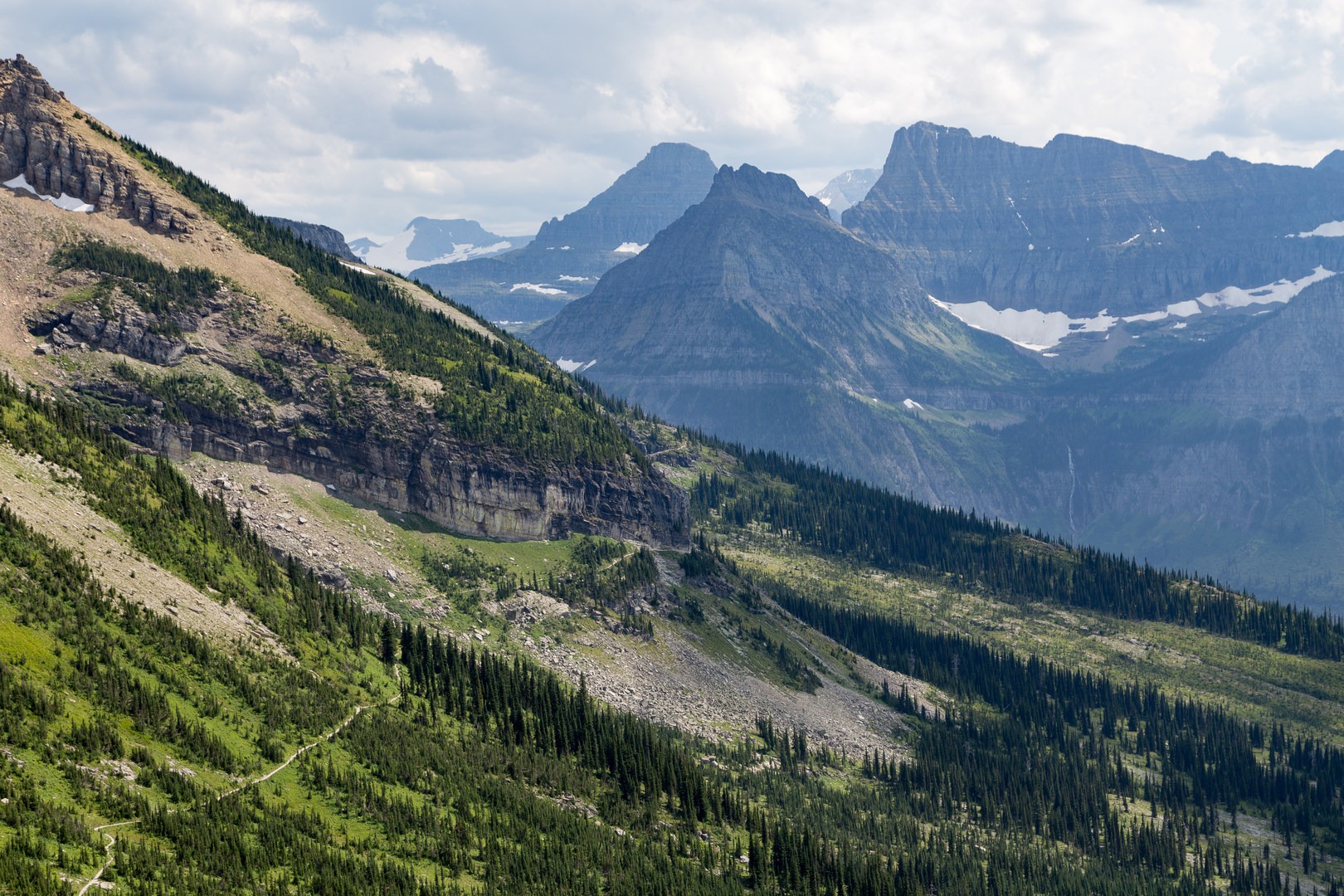


























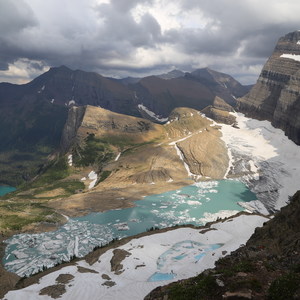
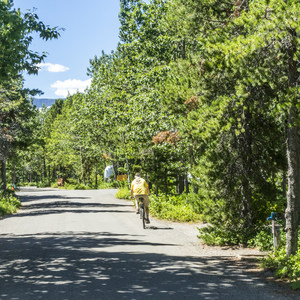
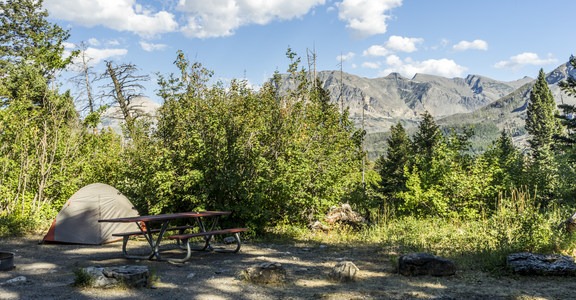
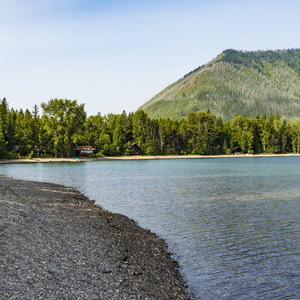



Comments
Sign In and share them.